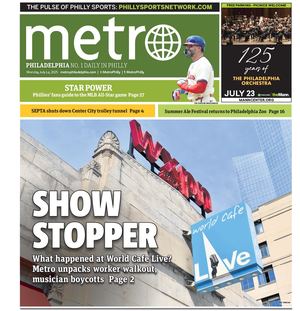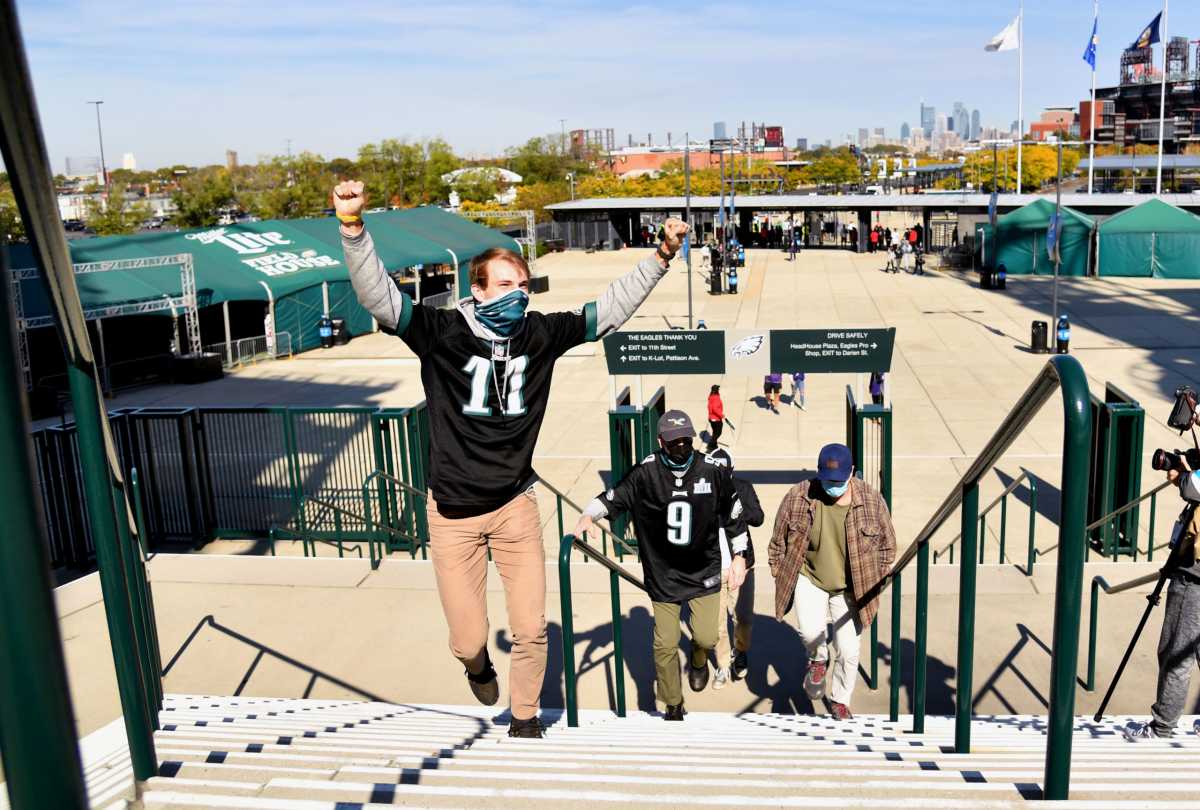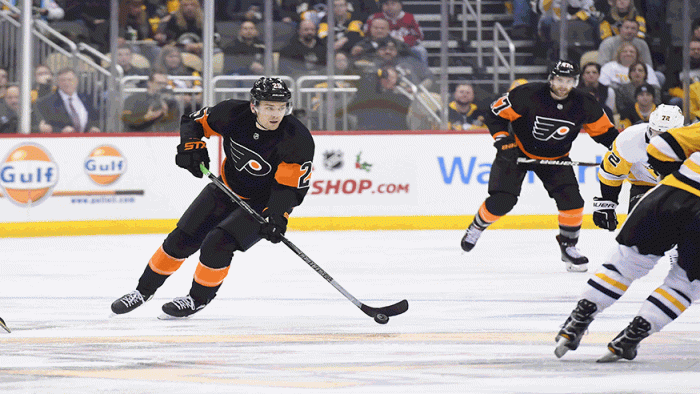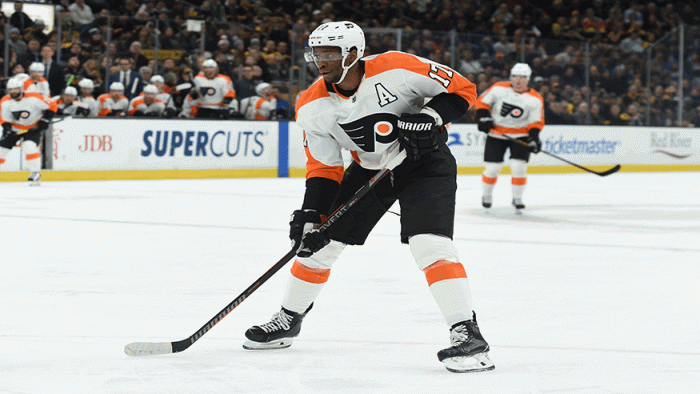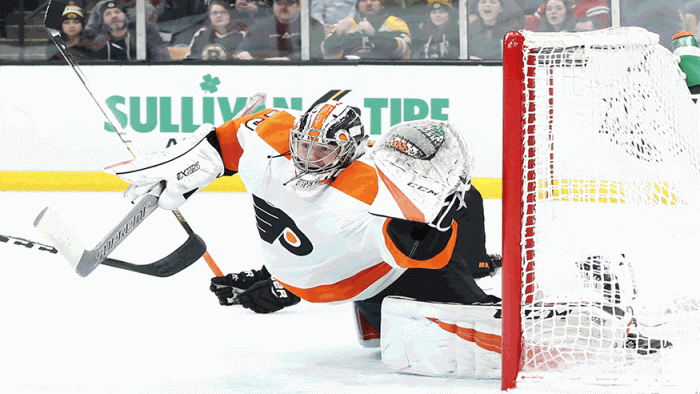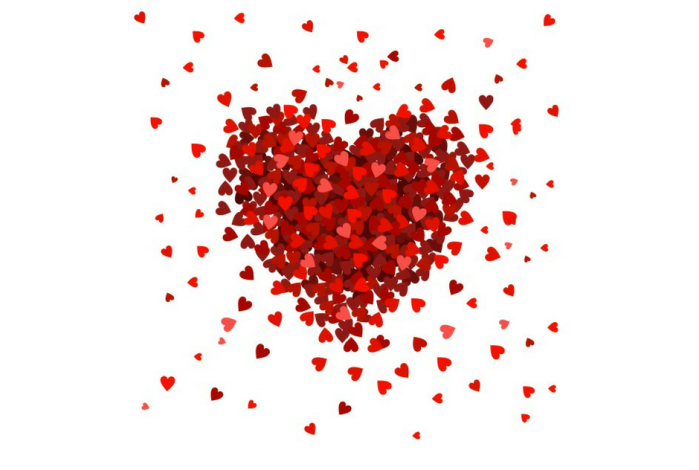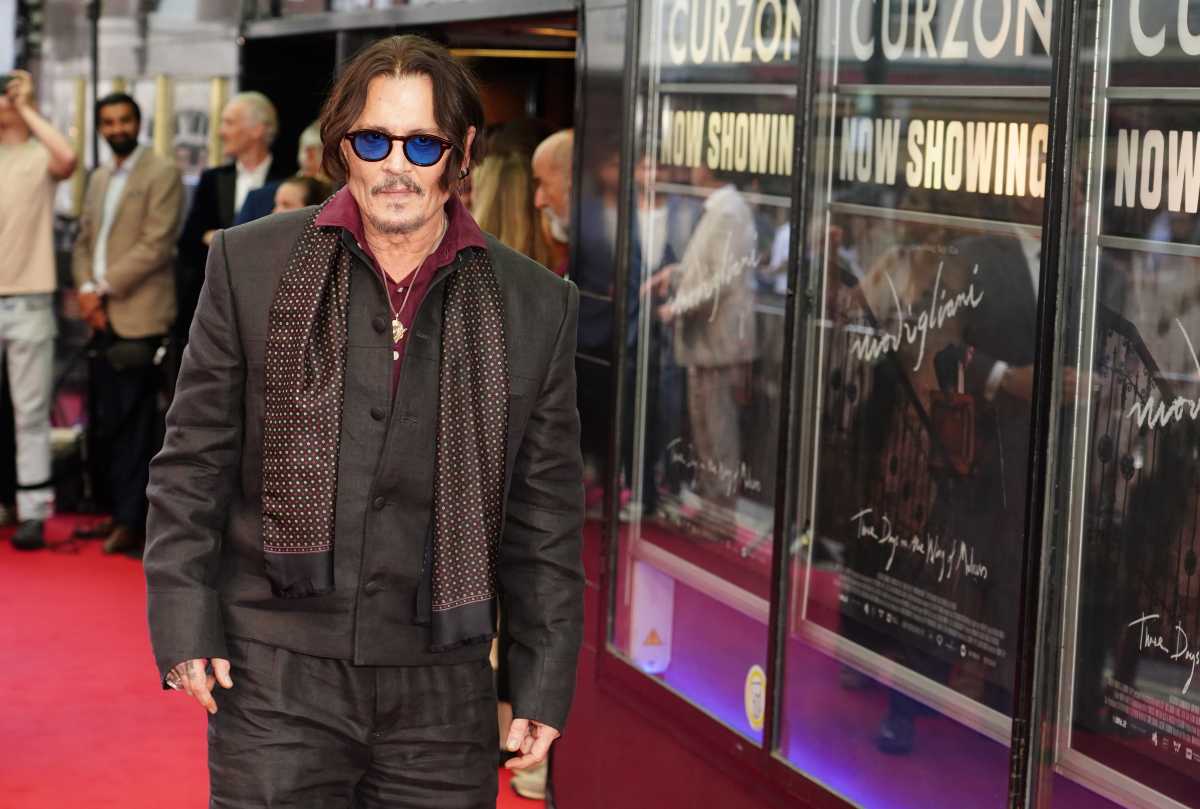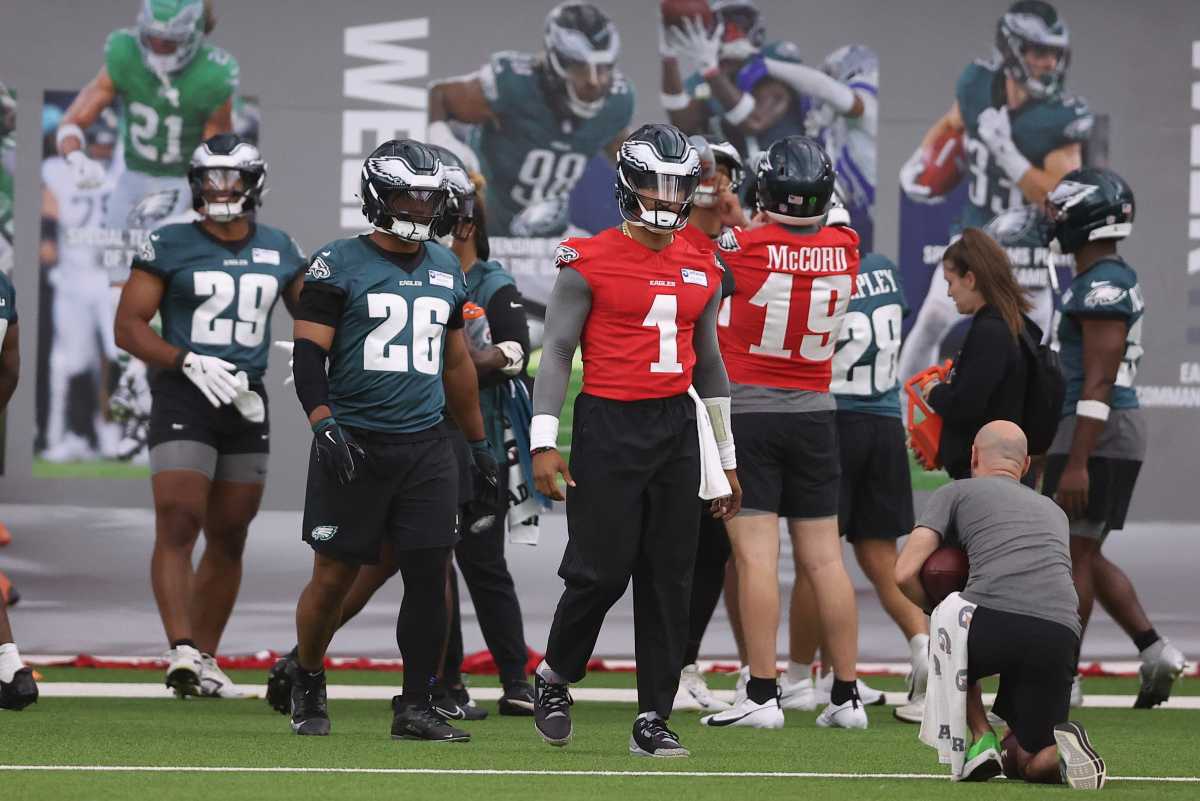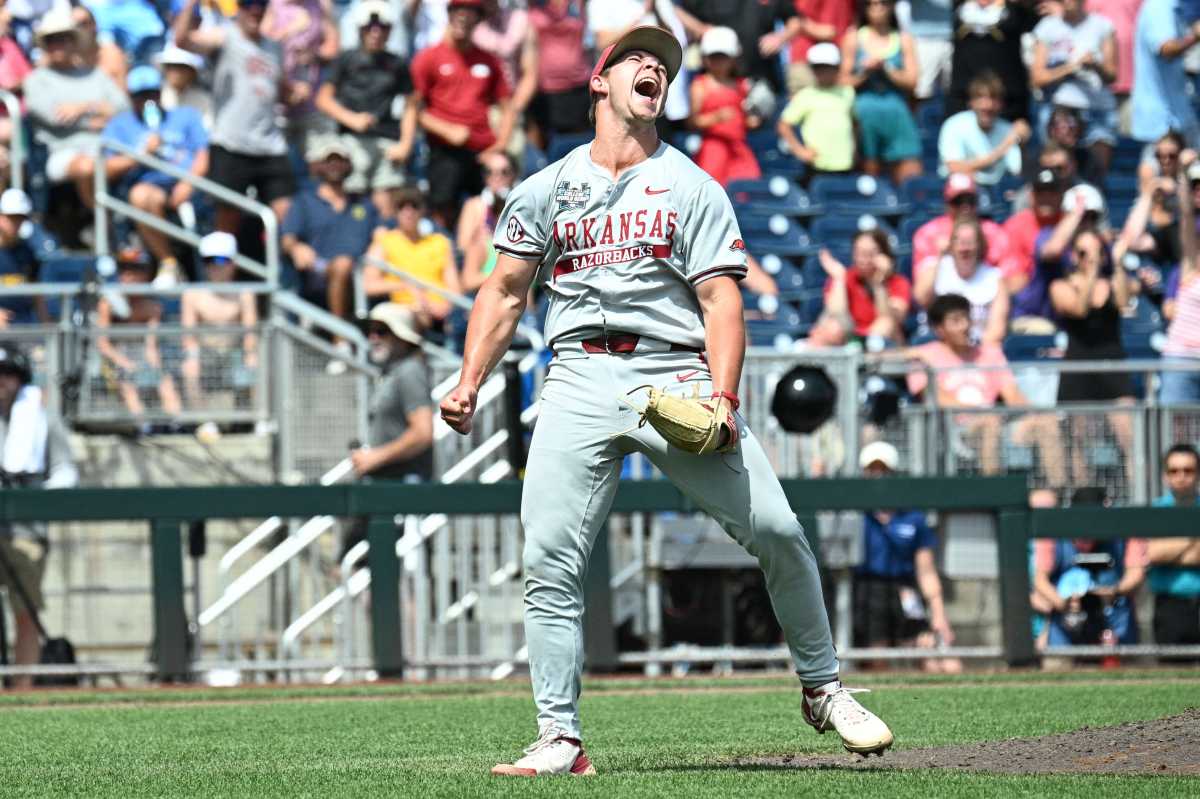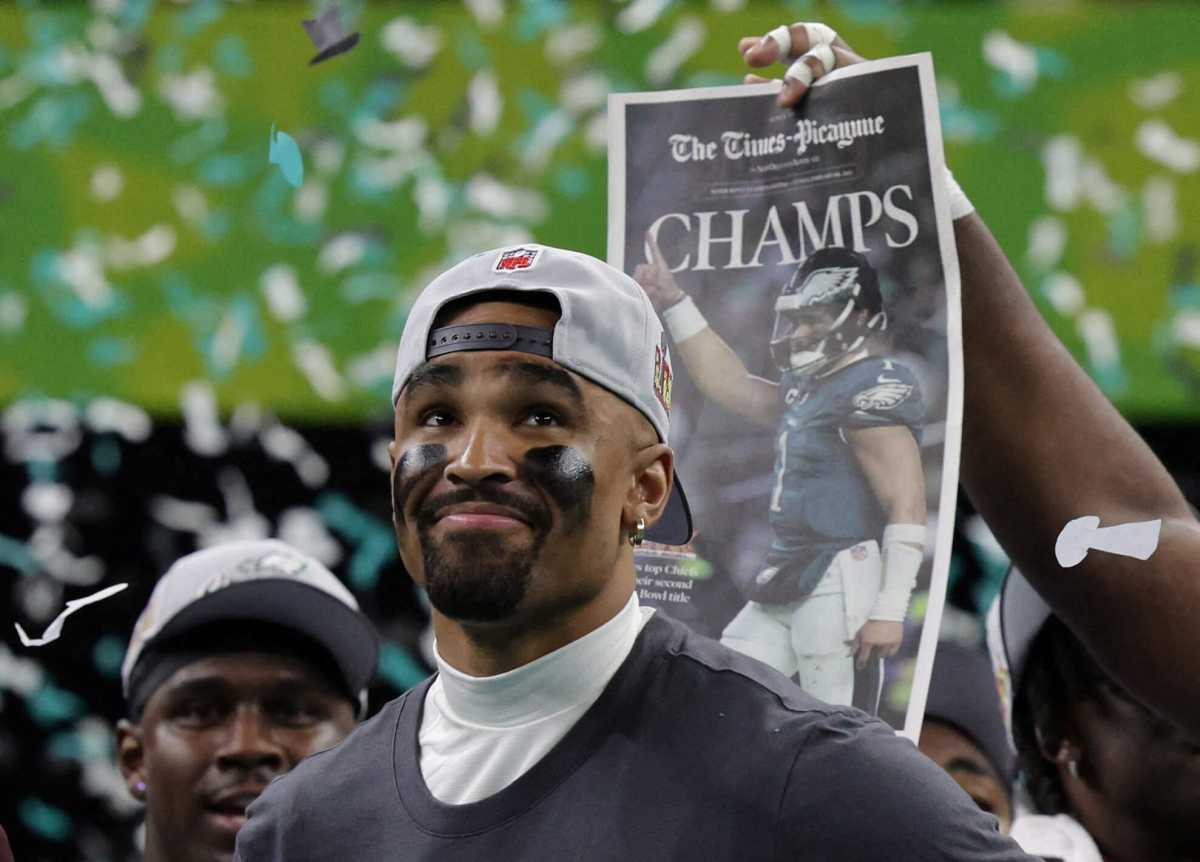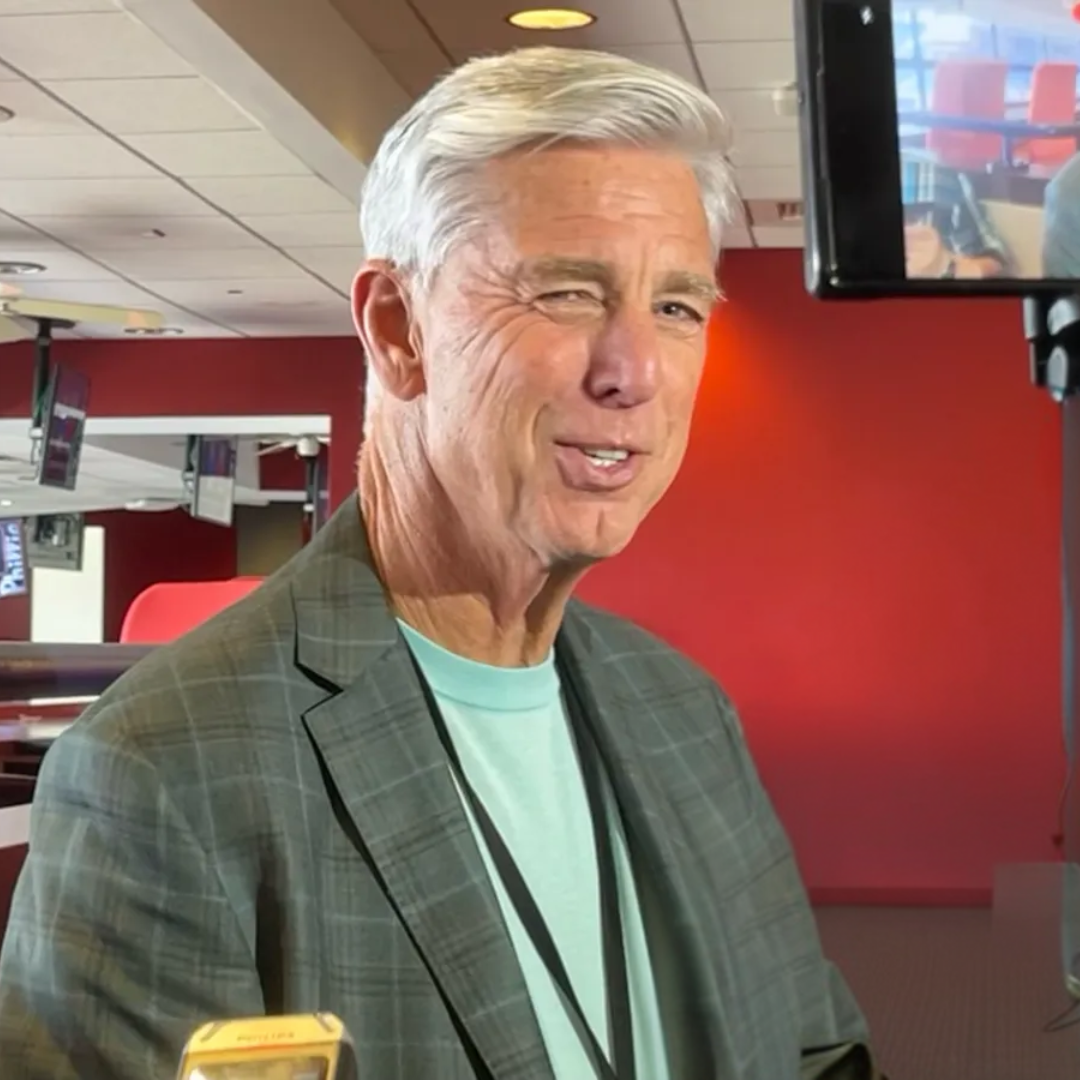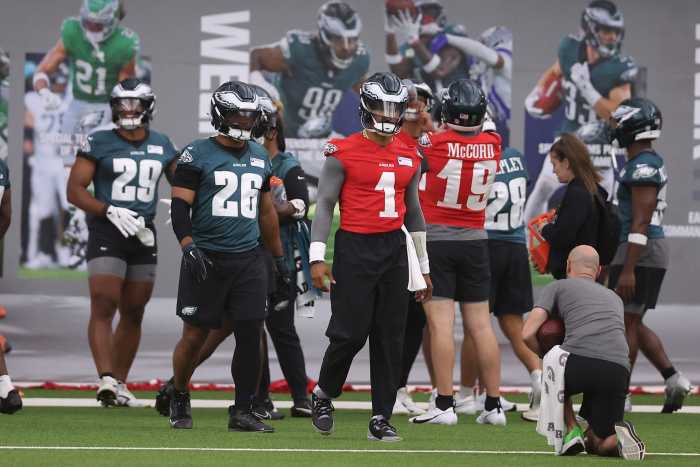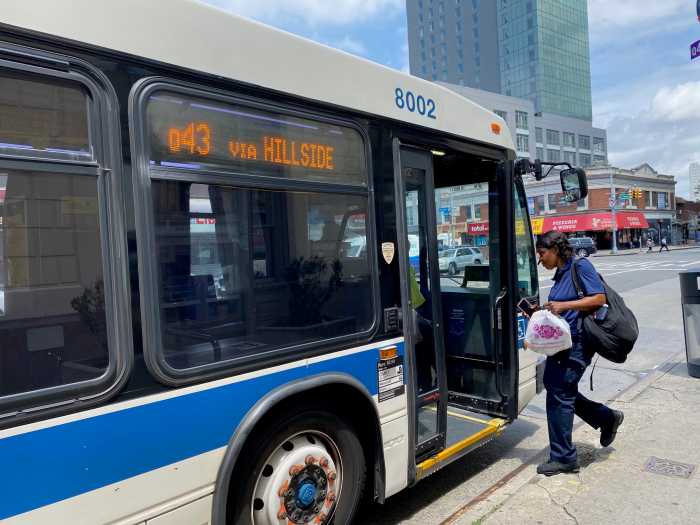The night the life-altering impact of the novel coronavirus dawned on many U.S. sports fans came moments before the tip-off of an anticipated Jazz-Thunder game on March 11, 2020.
In footage that is unnerving to watch now, the rocking, sold-out Oklahoma City crowd is told to disperse for reasons that are not made clear as a growing look of concern slowly spreads across their faces.
It was revealed later that night that a Jazz player had tested positive for the still-mysterious virus and that the NBA would suspend its season.
The disbelief that filled the Chesapeake Energy Arena that night quickly spread across the country and for some the memory of 3/11 is etched into their minds.
“It was the day the sports world stopped spinning and this transformational experience began,” said John Tatum, CEO of Dallas-based Genesco Sports Enterprises.
The next day MLB, the NHL, MLS, and other organizations announced postponements and the North American sports landscape entered a deep freeze.
A year later, the virus has claimed more than half a million lives in the United States and upended everyday life, even as the deployment of effective vaccines has provided hope of a return to “normality” sometime later this year.
But it could take longer than that before live sporting events return to the point they were at before that night in Oklahoma a year ago.
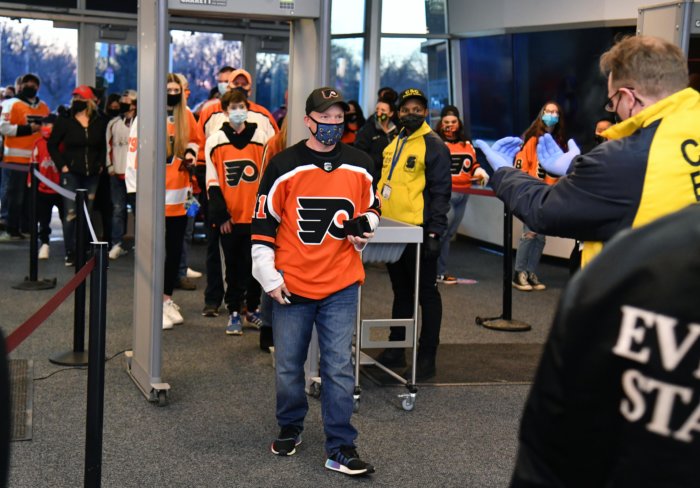
BILLIONS LOST
Pandemic-related revenue losses for the four major North American sports leagues — the NBA, NFL, NHL, and MLB — are estimated to be about $12 billion, a 30% drop from the last full season before the pandemic, sports analysts told Reuters.
Billions more were lost when you count MLS, the PGA, NASCAR, and others. Smaller leagues like Minor League Baseball, which rely entirely on fans in the seats, have taken the biggest hit.
Now as teams slowly begin to open their stadiums and arenas to fans again, the question looms — when is it safe to do so, will they return?
“That’s the $50 billion question and I don’t think anyone has a decent answer,” said Victor Matheson, an expert in sports economics and a professor at College of the Holy Cross.
On the one hand, the pandemic has accelerated trends that already threatened the popularity of live sports.
Even before the pandemic, low-cost, high-definition TVs made staying home an increasingly attractive option, Tatum said.
Streaming services like Netflix were also competing for viewers and threatening TV ratings for live sports.
The lack of energy emanating from stands full of cardboard cutouts further helped drive down TV ratings during the pandemic, with marquee events like the NBA Finals and Super Bowl posting dismal viewership numbers, he said.
PENT-UP DEMAND
On the other hand, fans have roared back to the stands following disasters like 9/11 and, while many people have suffered extreme financial hardship during the pandemic, others have banked their disposable income over the past year.
“There is a lot of pent-up demand,” Matheson said.
“And despite the fact that this is an extremely harsh recession, the government has also been generous in handing out money.
“So while there are people who are extremely economically suffering, the majority of the population is flush with cash right now.”
Despite the headwinds, Bob Dorfman, a sports marketing expert at Baker Street Advertising in San Francisco, remains upbeat.
“I think a year from now, we’ll be back to pre-pandemic numbers (in the stands),” he said.
“Yes, a percentage of fans will stay home – especially as the in-home viewing experience continues to improve – but I think they’ll be replaced by new fans who want that live excitement.”
Reuters
